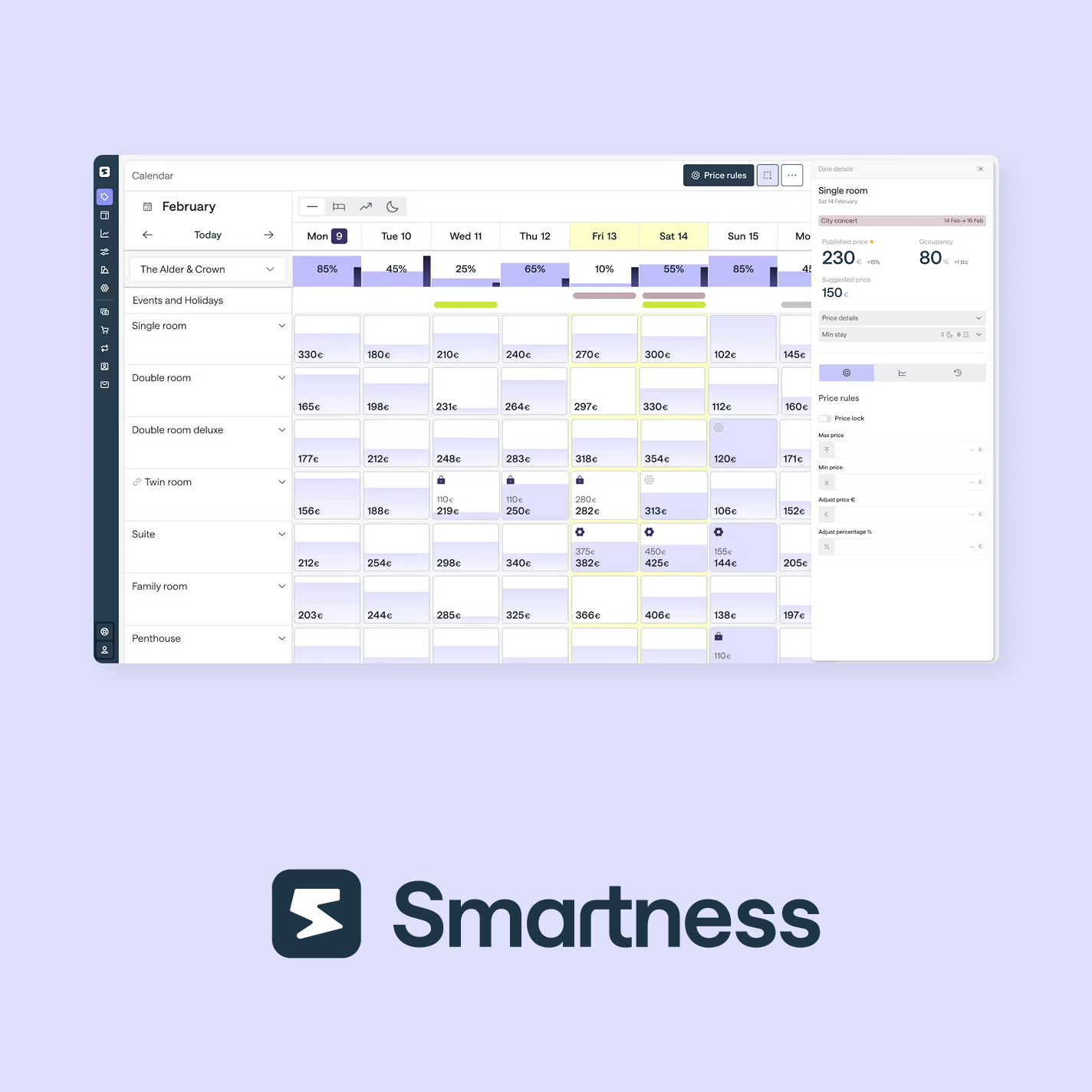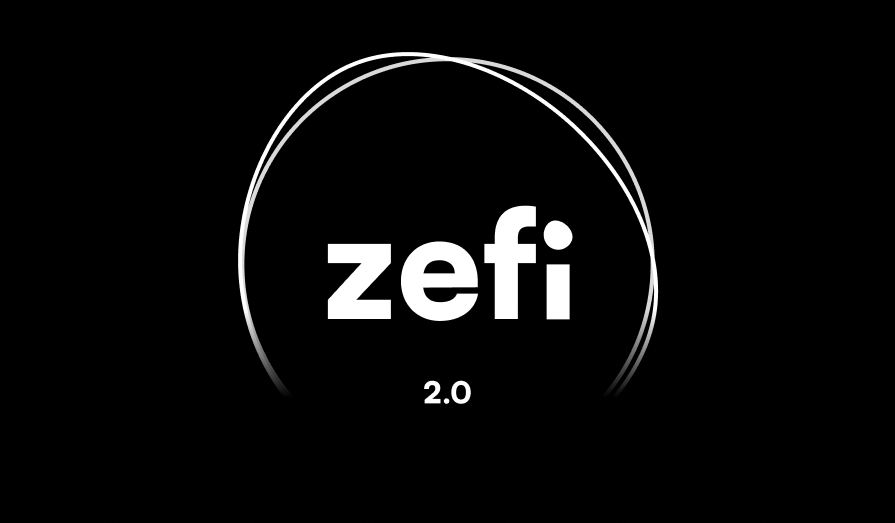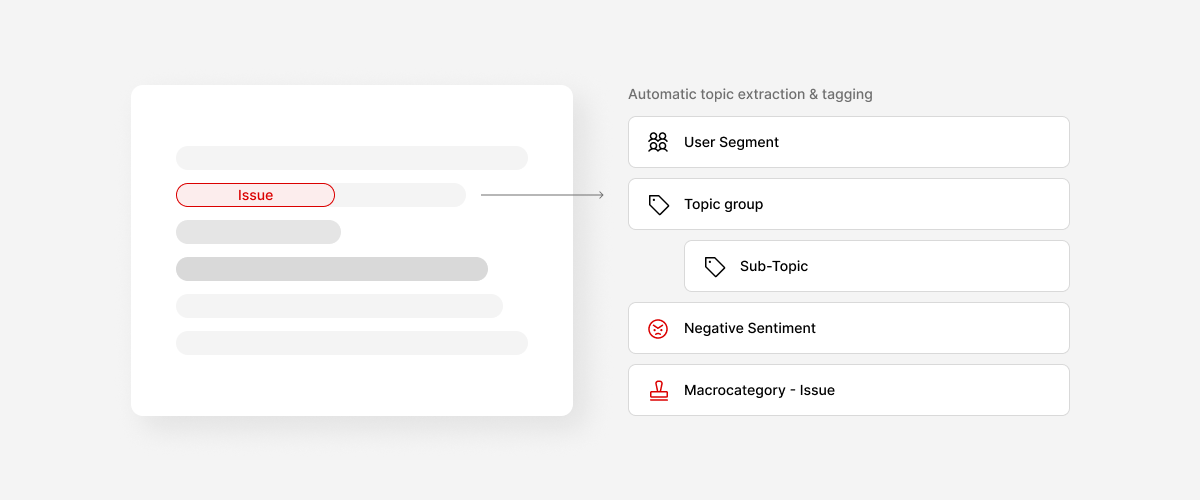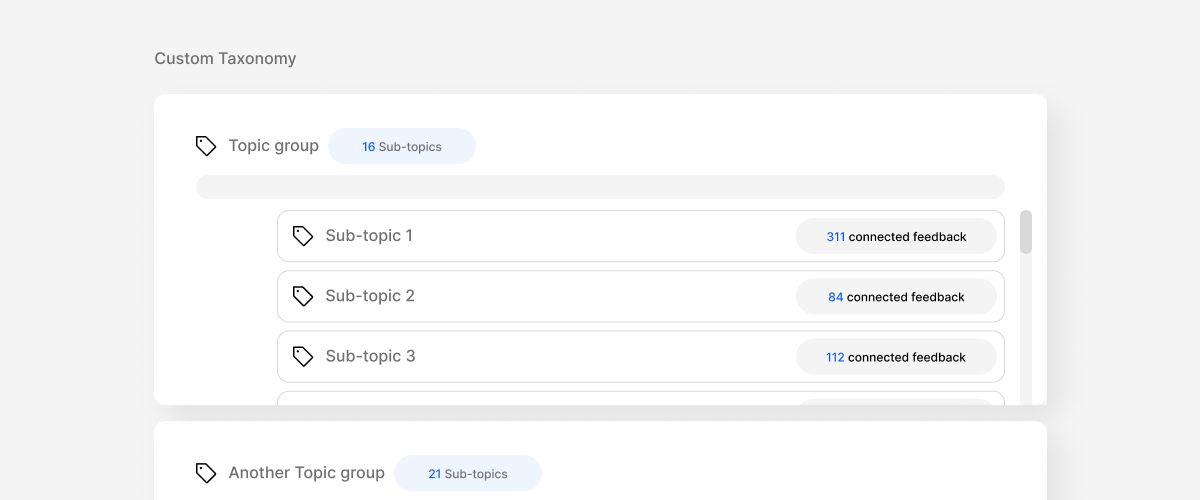Demystifying Customer Journey Maps for Product Managers
What You Need to Know
Customer journey maps are visual representations of every touchpoint a customer has with your brand and product, starting from initial awareness all the way to interactions after purchase. These maps are crucial for product managers as they:
- Uncover customer needs: By seeing the journey through the customer's lens, you gain valuable insights into their desires and challenges.
- Identify pain points: The map helps pinpoint areas where friction or frustration occur, allowing you to prioritize improvements.
- Optimize the user experience: By addressing pain points and tailoring the journey based on needs, you can create a smoother and more enjoyable experience for your users.
Creating a Customer Journey Map: A 5-Step Guide
- Meet your customer personas: Begin by defining different types of customers who use your product. This helps understand the diverse journeys they might take.
- Plot the course: With personas in mind, map out all the interactions customers have with your brand, from initial awareness to post-purchase engagement.
- Pinpoint the roadblocks: As you map the journey, identify areas where customers encounter difficulties or frustrations – these are your pain points.
- Chart a new route: Once you've identified pain points, brainstorm solutions to address them. This could involve product or service changes, improved customer support, or other initiatives.
- Adapt and improve: Customer journeys are constantly evolving as your product grows and customer needs change. Regularly revisit and refine your map to ensure it reflects the current customer experience.
By following these steps and leveraging the power of customer journey maps, product managers can gain a deeper understanding of their users, leading to better products, stronger relationships, and ultimately, increased success.

When to Use Customer Journey Maps in Product Management
Customer journey maps aren't just one-time tools; they offer valuable insights throughout the entire product lifecycle, from the initial planning stages to launch, evaluation, and prioritization.
They empower product managers to see things from the customer's perspective at every stage, allowing them to pinpoint areas for improvement and ensure a smooth, fulfilling journey for their users.

Building Your Customer Journey Map: A Step-by-Step Guide
Customer journey maps are your compass throughout the product lifecycle, guiding you from initial planning to launch, evaluation, and prioritization. But how do you build one? Here's a helpful framework:
1. Chart Your Course:
Before setting sail, define your map's objective. Do you want to understand how customers navigate your sales funnel, interact with support, or achieve specific goals with your product? Each map should focus on a single aspect to avoid confusion and provide a clearer picture.
2. Know Your Personas:
Understand your target audience. What are their goals, needs, and values? How do they see themselves? This helps identify potential conflicts between their expectations and your current customer journey.
3. Map the touchpoints:
Identify all potential touchpoints – starting points like online ads, social media, website visits, or marketing emails. Assign emotional triggers to each touchpoint, understanding what motivates users to engage further. Simultaneously, identify obstacles preventing users from taking action, like cost concerns or lengthy forms.
4. Choose Your Map Type:
Agius proposes four customer journey map types:
- Current State: A detailed walkthrough of how customers currently interact with your business.
- Day in the Life: Similar to "Current State," but placed in the context of your customer's daily activities.
- Future State: Your vision for how customers should interact with your product or company in the future.
- Blueprint: A map of your current or future state journey, outlining roles, responsibilities, and potential timelines for implementing desired improvements.
5. Walk the Walk:
Experience your customer journey firsthand. Go through the steps your company has outlined for achieving your chosen objective (e.g., downloading a trial, contacting sales, completing a mobile app action). Document every step, noting insights, pain points, and any unnecessary procedures.
6. Refine and Adapt:
Review your notes and refine your journey map. Translate these changes into actionable improvements – updating your sales process, streamlining your trial funnel, etc.
Agius provides additional templates in his HubSpot post, offering a starting point for your own journey map creation.
By following these steps and leveraging Aaron Agius's insights, you can build robust customer journey maps that guide you towards a more successful, customer-centric product throughout its lifecycle.




























